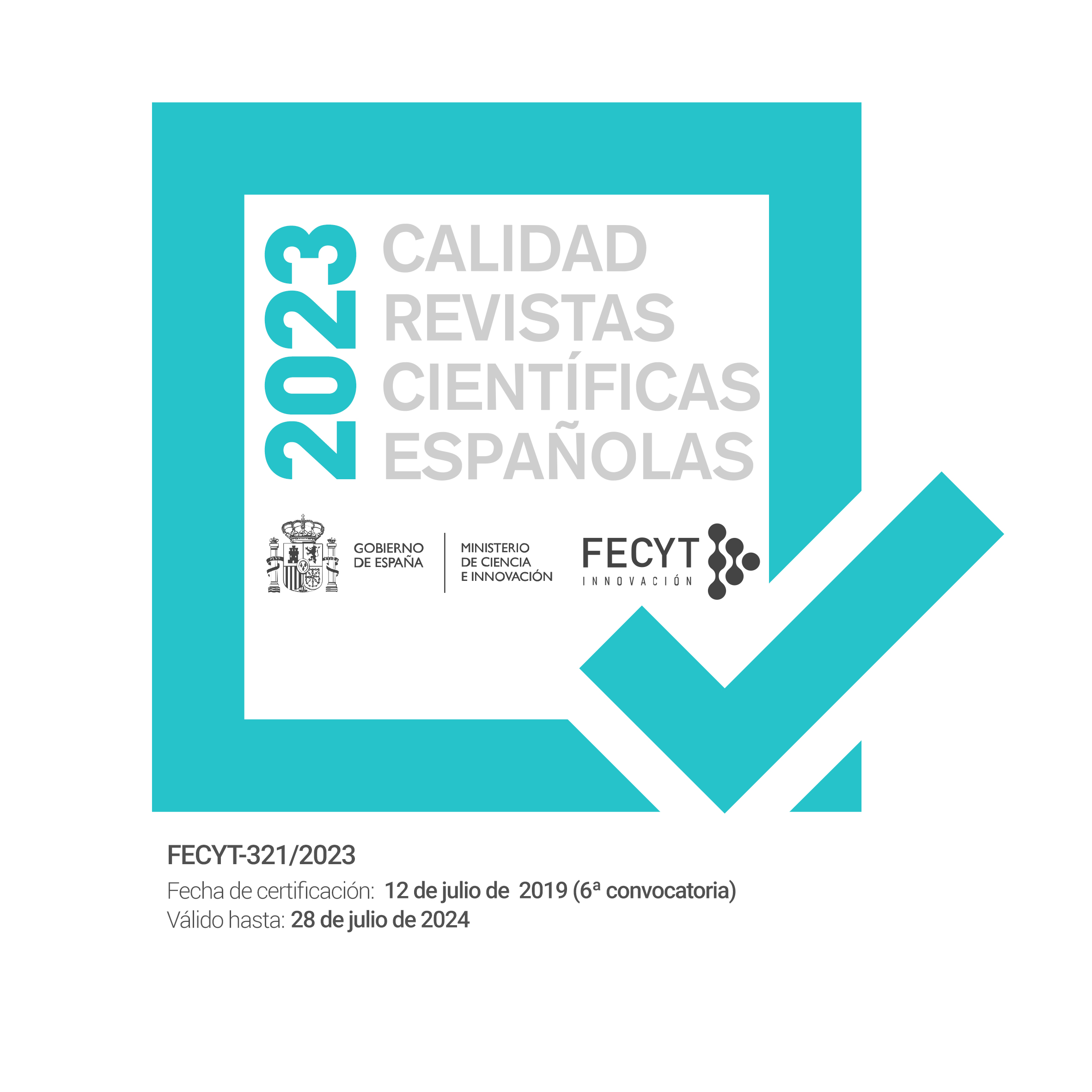Assessing the role of water markets as a tool for water reallocation in Spain
DOI:
https://doi.org/10.17561/at.v1i2.1347Abstract
Most of the river basins in Spain are currently in a “mature water economy” phase, characterised by a high and rising water demand and a limited long-run supply. One of the main consequences of this situation is the “closure” of the river basins in Southern Spain, defined as those basins with a relatively small amount of uncommitted run-off. These facts have lead to necessary shifts in the water policies implemented, moving from supply-side to demand-side oriented measures, water markets being one of the key economic instruments within this new policy approach. Water markets were legally approved in Spain in 1999. Their purpose was to minimize the negative effects derived from the “water maturity” situation by promoting a more efficient use of the scarce water resources through their reallocation from low to high-value uses.
The objective of this paper is to assess the role that water markets have performed in Spain as an instrument for water reallocation. To do this, exhaustive data gathering about water market activity (agents involved, amount of water traded, prices paid, etc.) has been carried out. This information has allowed us to conduct a full analysis of the overall experience of formal water markets in Spain since they were approved in 1999. The main conclusions resulting from the study are: a) water markets have mainly been used to deal with water scarcity during drought periods (most of the operations reported were carried out from 2006 to 2009), urban and high-value agriculture users in south-eastern Spain acting as buyers and low-value agriculture users in inner Spain as sellers; b) water market activity has been characterized by its narrowness (a scant number of operations and participants on both sides of the market); c) high volumes of water traded in each operation because of the high transactions costs; d) water market activity registered in south-eastern basins is quite similar to those registered in USA states were water markets are already operating (California, Colorado or Texas), representing around 5% of the total water demand during drought periods; e) a further development of water market activity is expected in the next decade as happened in Australia, where water markets currently represent about the 20% of total water demand during drought periods. Finally, it is worth mentioning that a complete and comprehensive assessment of water market performance in Spain is still required in order to accurately assess the economic, social and environmental impacts of this economic instrument. Only by doing so legal and institutional changes could be rationally proposed
Downloads
Published
How to Cite
Issue
Section
License
© Universidad de Jaén-Seminario Permanente Agua, territorio y medio ambiente-CSIC.
The originals published in the printed and electronic editions of this journal are the property of the University of Jaén and the Seminario Permanente Agua, territorio y medio ambiente (CSIC), as well as the universities that publish specific monographs in Latin America or Europe. The origin must be cited in any partial or total reproduction.
Unless otherwise indicated, all the contents of the electronic edition are distributed under a "Creative Commons Attribution 4.0 Spain" (CC-by) licence. You can consult from here the informative version and the legal text of the license. This circumstance must be expressly stated in this way when necessary.














